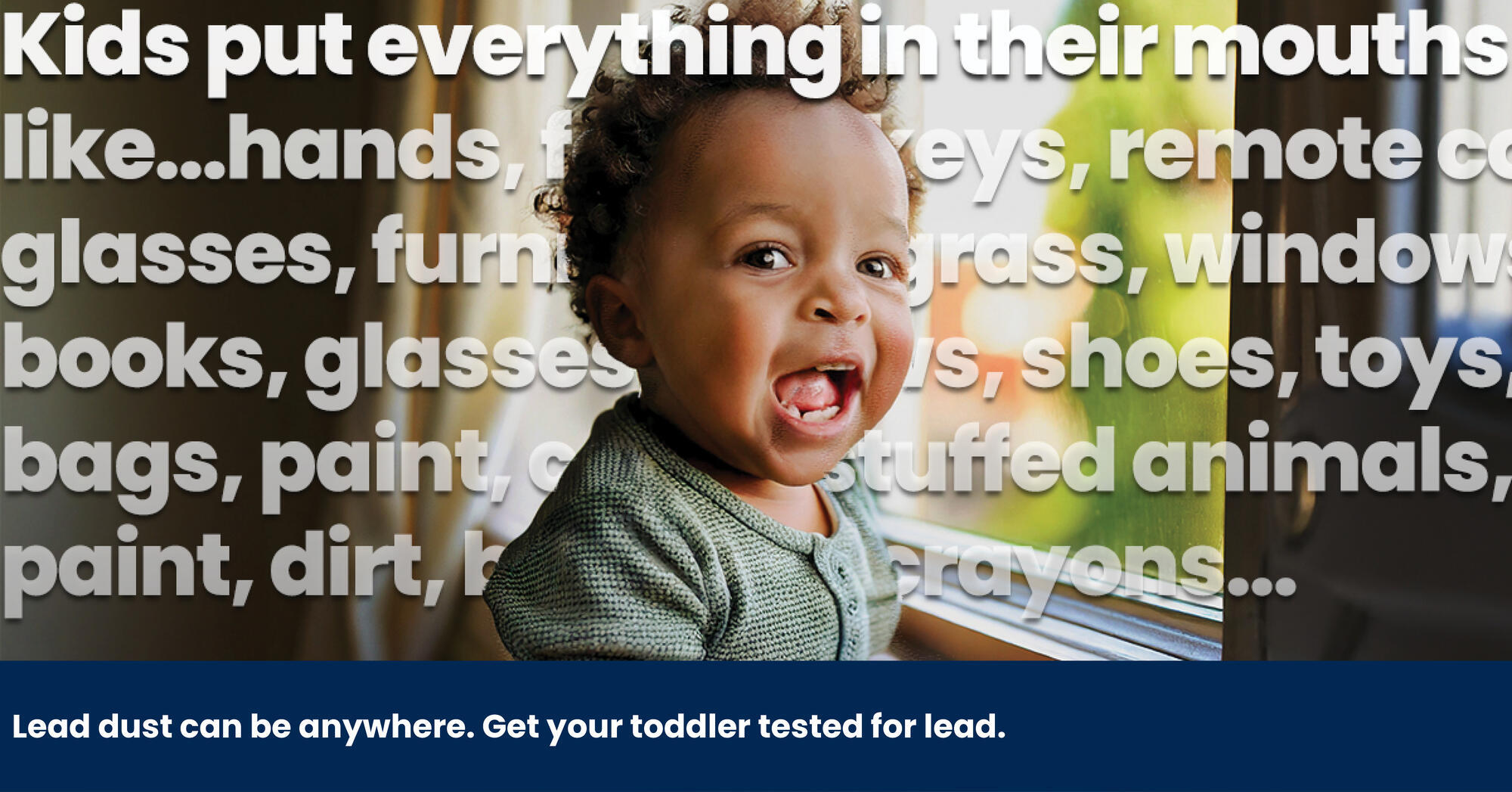
Lead dust can be anywhere. It can be in the home, outside in the soil, or even on hands, toys and other objects that children put in their mouths. People who are exposed to lead might not look or feel sick.
Lead can cause serious and long-lasting health problems – especially for babies, young children and during pregnancy – that affect children’s growth, behavior, and their ability to learn. In 2023, lead was found in over 1,000 Vermont children under 6 years old.
The only way to know is to test for lead, and we are here to help with any next steps.
